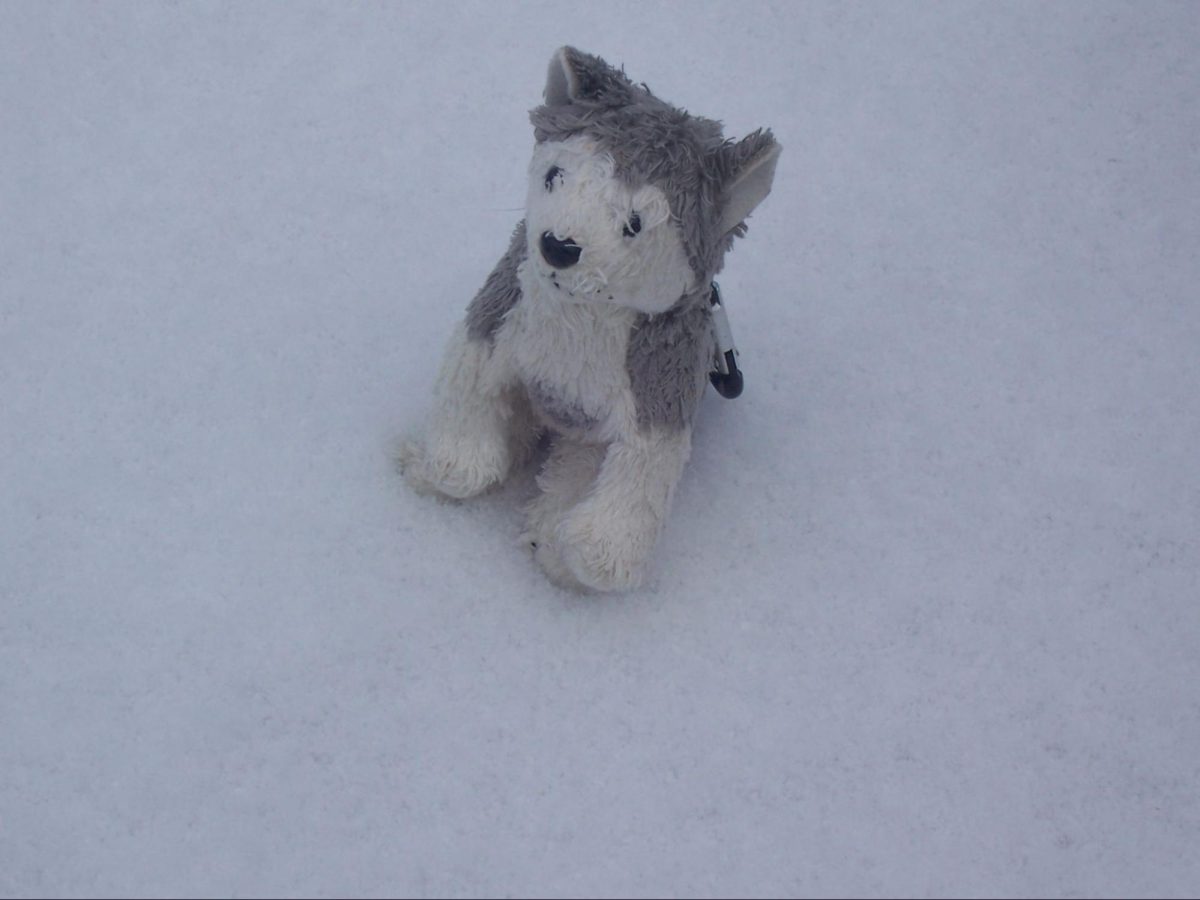Kwanzaa
March 22, 2019
In America, it is no secret that Kwanzaa is not the most widely-celebrated or well-known holidays of the winter season. According to thoughtco.com, a study by the National Retail Foundation found that only about 13 percent of African Americans (about 5.7 million according to the US Census Bureau) observe Kwanzaa out of the 20 million that celebrate the holiday worldwide (www.btb.termiumplus.gc.ca).
Kwanzaa as we know it today was created in 1966 by Dr. Maulana Karenga, who created the celebration to bring the African-American community together and to honor African culture and history. “Kwanzaa” comes from “mantunda y kwanza,” meaning “first fruits” in Swahili, and holds several aspects of different African harvest festivals (particularly those of Ashanti and Zulu).
There are numerous symbols and traditionalized items of Kwanzaa, one of the most recognizable being the Kinara which is the candle holder of seven candles. Each candle represents one of the Nguzo Saba, or seven principles in Swahili and is lit by a child for each of seven nights (December 26th- January 1st). The candles are also called “Mishumaa Saba,” which are black, green, and red to represent the Pan-African flag. There is one black candle, which presents unity or family, and is discussed the first night because it is believed to be the “basis of success.” Each night a candle is lit a principle is discussed by the family, and on the seventh night the family exchanges gifts “to encourage growth, self-determination, achievement, and success… Handmade gifts are encouraged to promote self-determination, purpose, and creativity” (according to History.com, and The Complete Kwanzaa Celebrating Our Cultural Harvest).
According to the African American Culture Center’s official Kwanzaa website, “ African peoples celebrate Kwanzaa because it speaks not only to African Americans in a special way, but also to Africans as a whole, in its stress on history, values, family, community and culture.”






